A preview of some other Durrnberg textiles. Here are three fragments and my reconstructions of the patterns. Two of them are twill (the one with the dark background is listed in the literature as twill), the other is tabby.
The interesting thing about the two with the broad light stripe is that not only is one tabby and the other twill, one has the stripes in the warp and the other has them in the weft.
There are two other potential fragments that could follow this type of pattern (wide stripes with rows of two colors of narrow stripes between them), but they are too small to know for sure.
As with the textiles with the light background and narrow stripes, the colors here are again a light shade with red and blue.
Photo source for extant images: Stollner, Thomas. Durrnberg-Forschungen: Der prahistorische Salzbergbau am Durrnberg bei Hallein II (text and plate volumes), 2002. https://tinyurl.com/224cxfwt
The interesting thing about the two with the broad light stripe is that not only is one tabby and the other twill, one has the stripes in the warp and the other has them in the weft.
There are two other potential fragments that could follow this type of pattern (wide stripes with rows of two colors of narrow stripes between them), but they are too small to know for sure.
As with the textiles with the light background and narrow stripes, the colors here are again a light shade with red and blue.
Photo source for extant images: Stollner, Thomas. Durrnberg-Forschungen: Der prahistorische Salzbergbau am Durrnberg bei Hallein II (text and plate volumes), 2002. https://tinyurl.com/224cxfwt



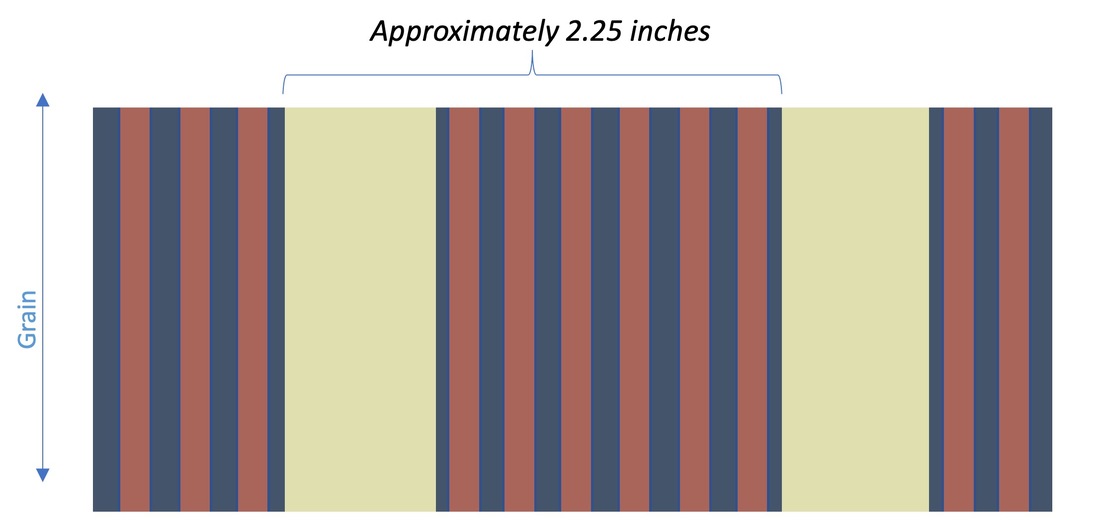
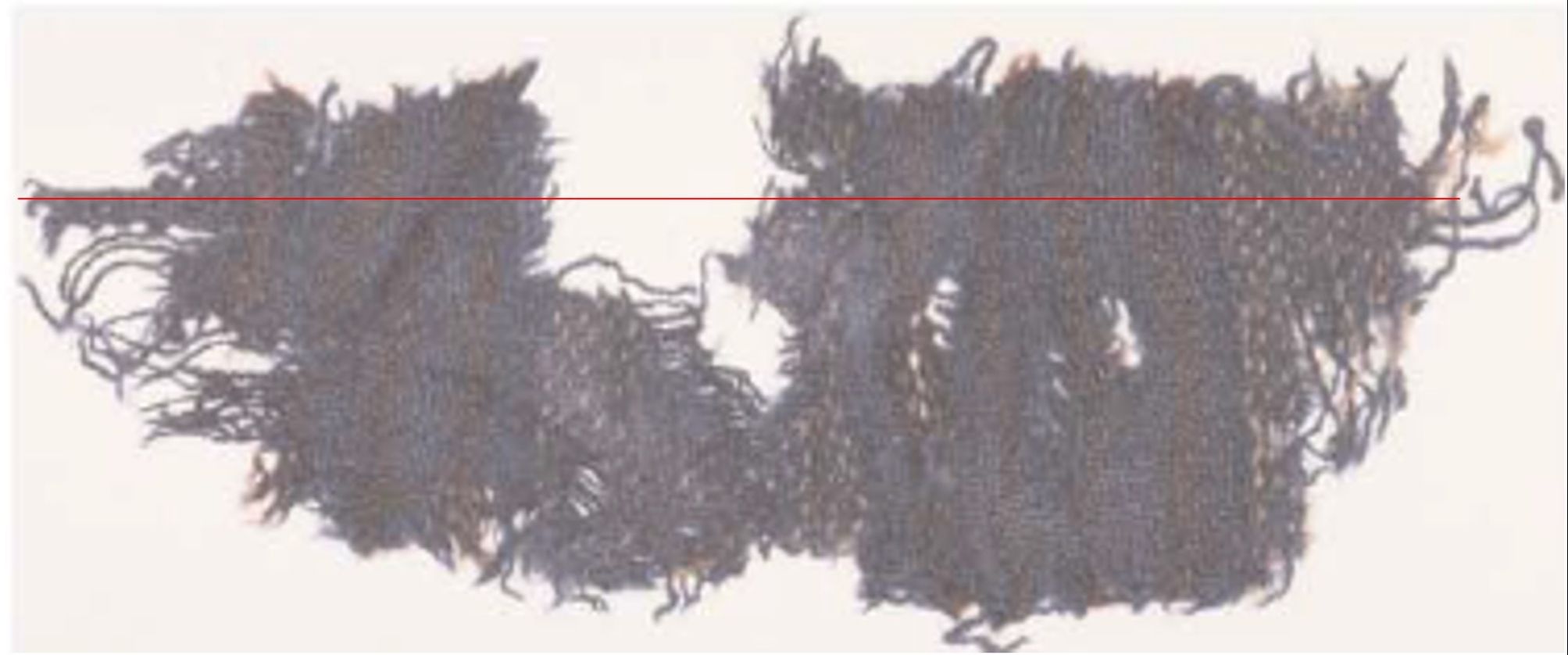





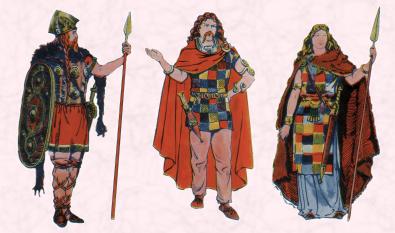
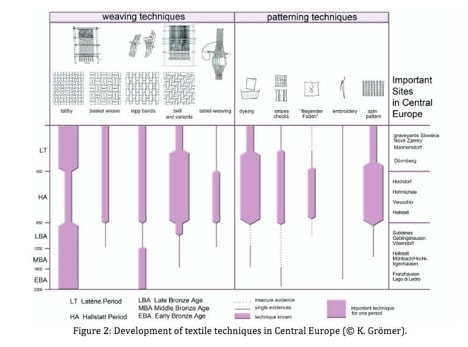

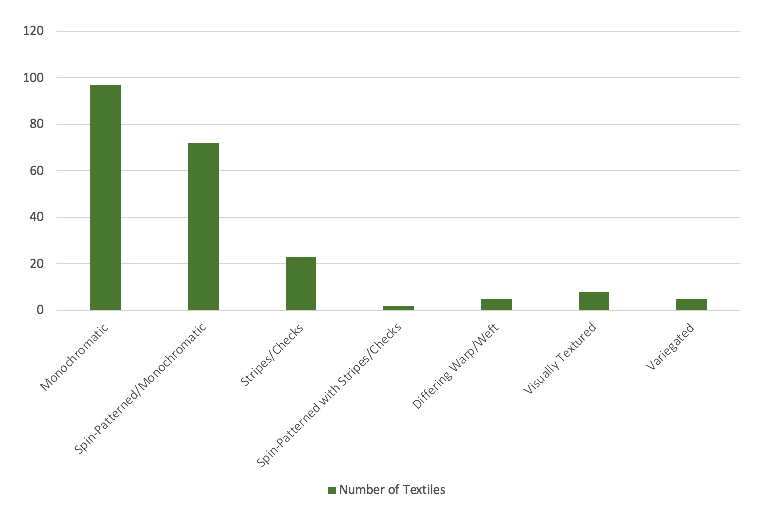
 RSS Feed
RSS Feed